- Were you born in 1968?
- Are you currently employed?
- Have you started contributing to a 401(k) plan or Savings Incentive Match Plan for Employees (SIMPLE) up to the regular annual limit?
- Are your itemized deductions for 2018 less due to the TCJA?
If you reply “yes” to any of the questions above, then read on to see how making catch-up contributions by the end of 2018 can benefit you.
What are catch up contributions?
In short, to define catch-up contributions. They are additional payments made beyond the regular yearly limits that can be made to specific retirement accounts. Their purpose is to assist taxpayers to who were not able to save a considerable amount for retirement earlier in their careers. Essentially allowing them to “catch up.”
With these catch-up contributions, there are no specific rules on how much one can donate.
Therefore, this makes catch-up contributions an excellent option for those who make a considerable amount of income. And are able to pay more and fall under the catch-up contribution requirements.
The advantage to this is that generally, these donations are pretax (excluding Roth accounts) so they will lower your taxable income.
Most beneficial in 2018?
If the amount of itemized deductions that you are able to take has lowered due to the TCJA. Making additional payments to your 401K may be a great idea to reduce your tax bill.
Many itemized deductions have been taken away. Such as the unreimbursed employee expense, home office expenses, and individual professional and investment fees.
If in that past you could have used $2,000 of expenses as itemized deductions to reduce your tax bill, you can make a catch-up contribution of $2,000 to make up for that loss. You gain from adding to your savings plan and being tax-free on it.
Limitations
Under 2018 401(k) limits, if you’re age 50 or older and you have reached the $18,500 maximum limit for all employees, you can contribute an extra $6,000, for a total of $24,500. If your employer offers a SIMPLE instead, your regular contribution maxes out at $12,500 in 2018. If you’re 50 or older, you’re allowed to contribute an additional $3,000 — or $15,500 in total for the year.
But, check with your employer because, while most 401(k) plans and SIMPLEs offer catch-up contributions, not all do. Also, keep in mind that additional rules and limits apply.
IRAs
IRAs also accept you catch up contributions, and the deadline for 2018 payments are later on: April 15, 2019.
Whether your traditional IRA contributions will be deductible depends on your income and whether you or your spouse participates in an employer-sponsored retirement plan.
If you have further questions, please contact us today. We can help determine which year-end tax planning strategies work best for you.




